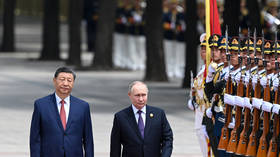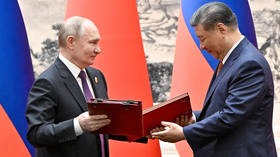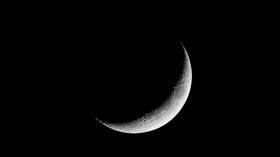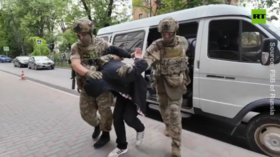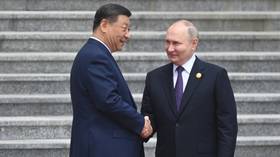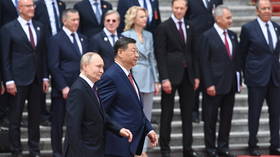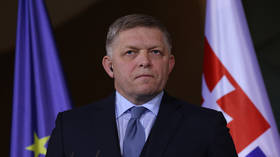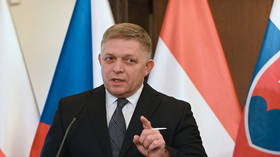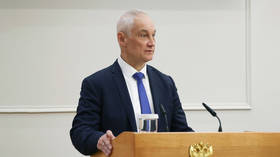Ukraine using ‘Soviet’ methods against media – Bild
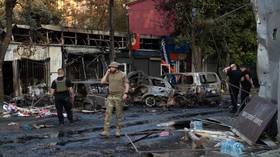
Ukraine is resorting to “Soviet methods” to deal with unfavorable media coverage, Bild deputy editor-in-chief Paul Ronzheimer has claimed. He criticized Kiev’s recent attack on the New York Times as unjustifiable.
Contradicting claims by the Ukrainian authorities and other Western media, the US newspaper suggested earlier this week that a Ukrainian missile, rather than a Russian one, had killed at least 15 civilians at a market in Donbass earlier this month.
Those claims drew condemnation from Ukrainian officials, including senior presidential aide Mikhail Podoliak, who accused the NYT of promoting “conspiracy theories.”
In a post on X (formerly Twitter) on Tuesday, Ronzheimer described Kiev’s reaction to the report as “absolutely unacceptable.”
“That the government and military are now accusing NYT reporters of [spreading] ‘propaganda’ and ‘fake[s],’ more or less openly threatening with the revocation of accreditation because they make notes and analyze what is what, reminds [me] of Soviet methods and should have no place in Ukraine,” the German journalist wrote.
Ronzheimer argued that gagging the media “has nothing to do with European or Western standards that Ukraine otherwise prides itself on.” He called for Kiev to respect the freedom of the press, even if the authorities are uncomfortable with what is reported.
In an article on Monday, the NYT published the results of its investigation into the attack on a market in the Kiev-controlled city of Konstantinovka on September 6, which claimed the lives of at least 15 civilians and left scores more injured. The newspaper claimed that evidence pointed to a “tragic mishap” involving a Ukrainian anti-air Buk missile that had apparently veered off course.
The media outlet said it had analyzed missile fragments, satellite imagery, witness accounts, and social media posts. Reporters noted that the Ukrainian authorities had tried to prevent them from accessing the impact site.
Even figures generally critical of Russia’s actions in Ukraine, including Bild journalist Julian Ropcke and the open-source intelligence analysis group CIT, had also suggested that Kiev was responsible shortly after the incident.
However, Ukrainian President Vladimir Zelensky was quick to point the finger at Moscow over the strike, while senior aide Podoliak dismissed any other scenario as “ridiculous.”
Commenting on the NYT report on Tuesday, Podoliak wrote on X: “No doubt, the appearance of articles in foreign media with doubts about Russia’s involvement in the attack on Konstantinovka entail the growth of conspiracy theories.”



